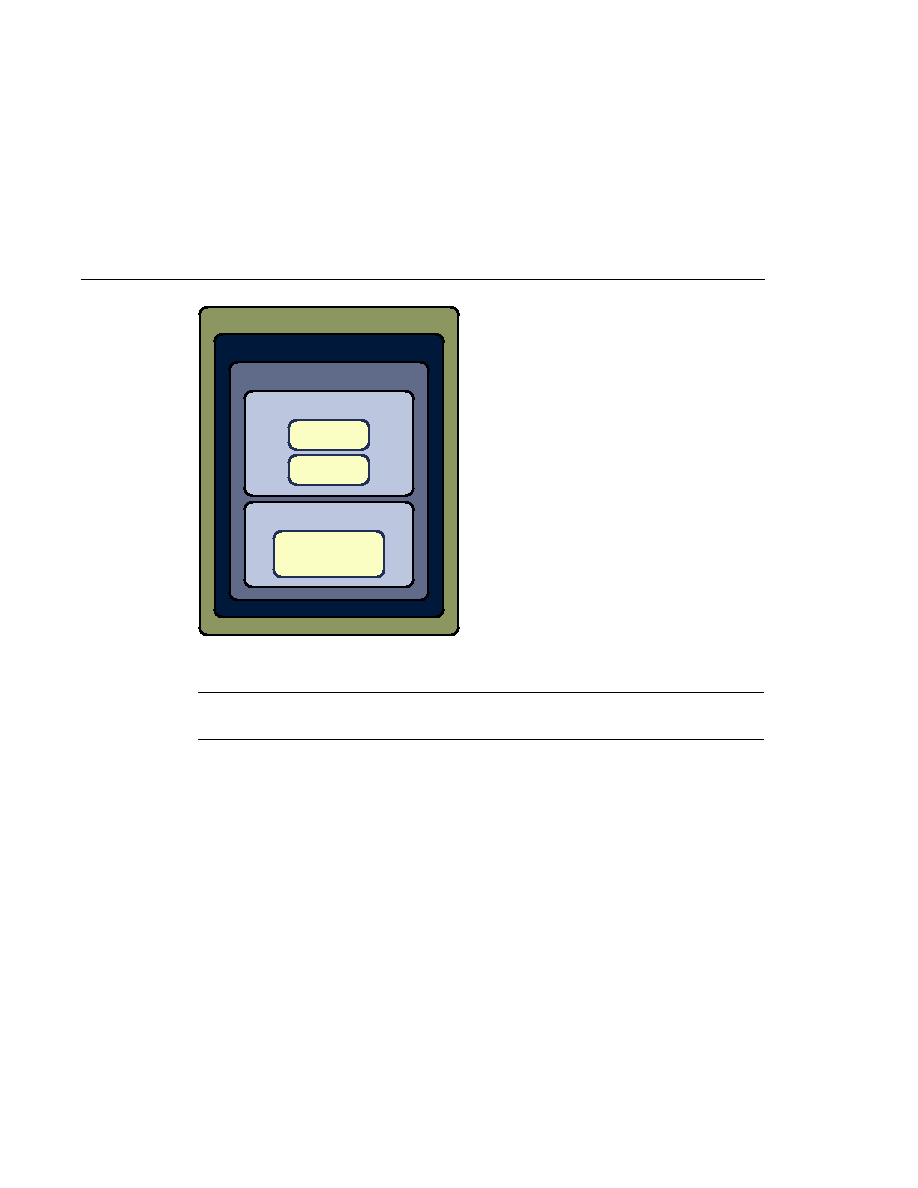
Messages with Attachments
Messages with Attachments
required to be in a SOAP message. In other words, a new SOAPMessage object has a SOAPPart
object that contains a SOAPEnvelope object. The SOAPEnvelope object in turn automatically
contains an empty SOAPHeader object followed by an empty SOAPBody object. If you do not need
the SOAPHeader object, which is optional, you can delete it. The rationale for having it
automatically included is that more often than not you will need it, so it is more convenient to
have it provided.
message (for example, information about the sending and receiving parties). The SOAPBody
object, which always follows the SOAPHeader object if there is one, contains the message
content. If there is a SOAPFault object (see
SOAP part must contain only XML content; as a result, if any of the content of a message is not
in XML format, it must occur in an attachment part. So if, for example, you want your message